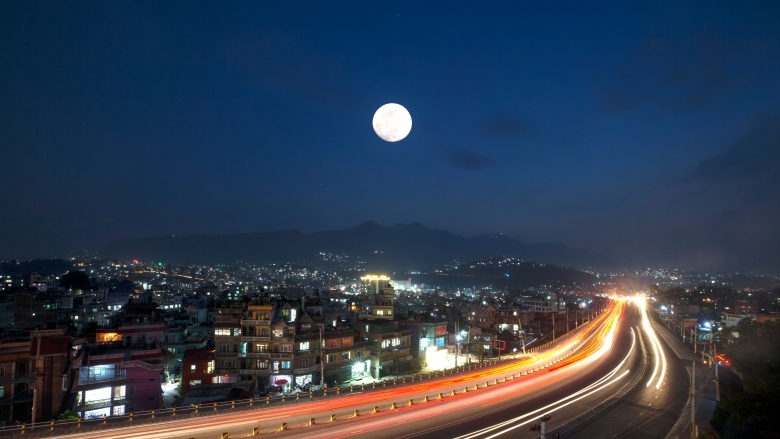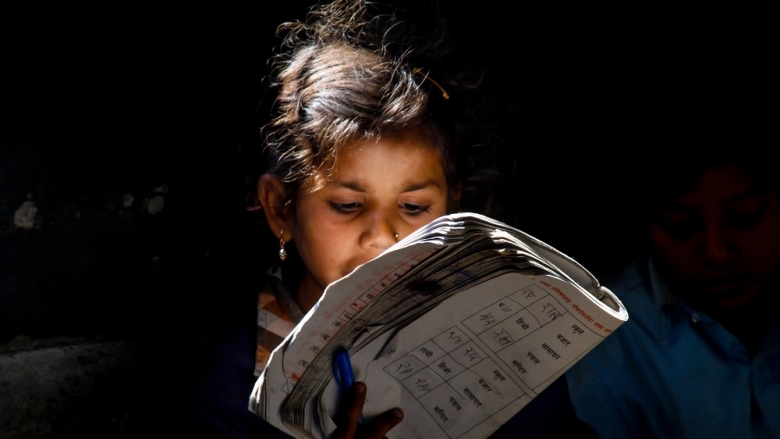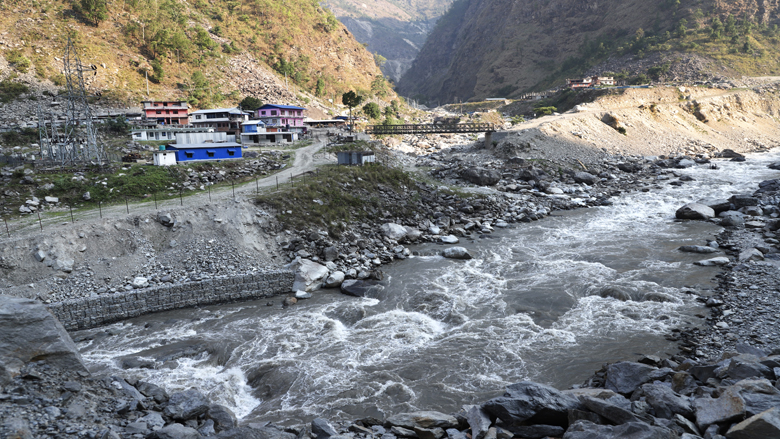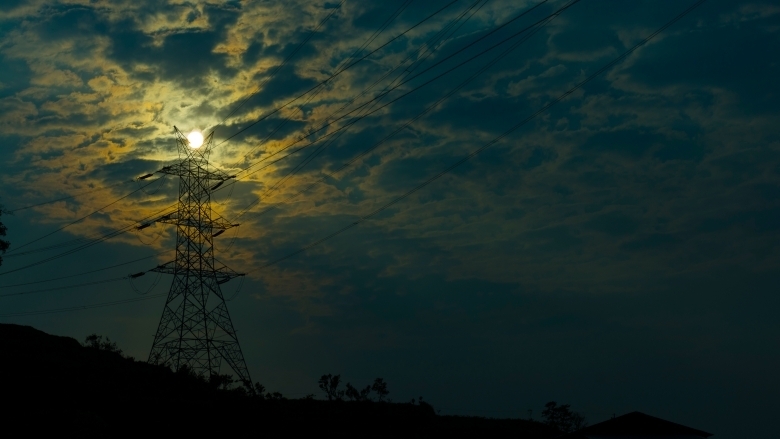From Darkness to Light
It is a normal day for Regina Subba, who lives in the capital city of Kathmandu in Nepal. Awakened by her alarm at 5:00 AM, she purees food for her one-year-old daughter in her food processor. She then irons her office wear, cooks breakfast on her induction stove, and puts clothes into the washing machine before grabbing a cup of coffee from her coffee machine and heading out to work.
For many, this use of electricity in daily life is taken for granted. But for Subba, it is still a luxury. “I often think back to the winter of 2015 – the bleakest period of our life. When I woke up there was a power cut, and when I came home from work, there was no light. Life came to a standstill.”
Subba’s plight was a common recurrence in Nepal, and especially the capital of Kathmandu, just a couple of years ago. Power cuts spanned a maximum of 16 hours a day, with Nepal meeting only 80% of its electricity demand from 2008-2016. A World Bank working paper estimated that this shortage of electricity supply or load shedding reduced Nepal’s Gross Domestic Product (GDP) by more than 6% during those years.
For business owners such as Biswas Dhakal, the Founder of F1Soft and ESewa, Nepal’s pioneering mobile wallet, the memory of power cuts bring to mind a stressful period. “The power cuts compromised productivity of 300 people in my organization alone - imagine how much that affected productivity of the country as a whole,” he says. The time that he should have spent in productive pursuits was spent in strategizing procurement and management of diesel, to run generators and back-up generators. “We had to ensure a digital presence 24/7, which meant our expenses in diesel shot up to NRs. 200,000 (Approx. 1700 USD) per month,” he elaborates.
But there have been recent breakthroughs in the electricity sector that have elated households and enterprises alike. Residential load shedding ended since early 2017, and there has been no industrial load shedding since early 2018. Nepal Electricity Authority (NEA), the country’s power provider, became profitable after 10 years of continuous losses, and declared profits of NRs 7.20 billion in 2017/18. NEA is now embarking on an ambitious plan to connect all 77 districts to the national grid within two years.
What made this major turnaround possible?




